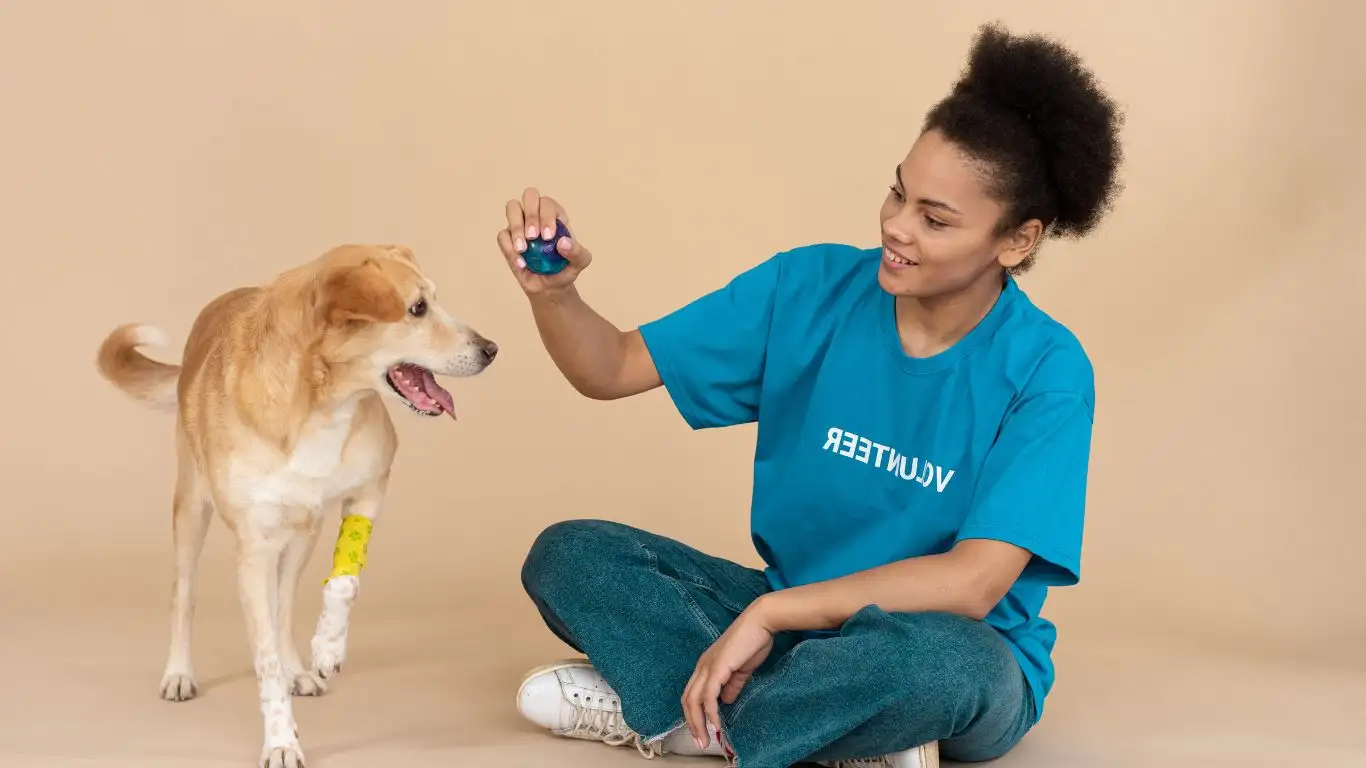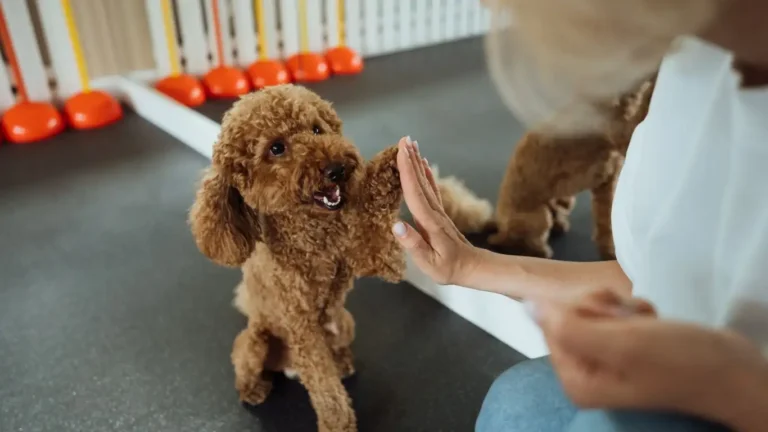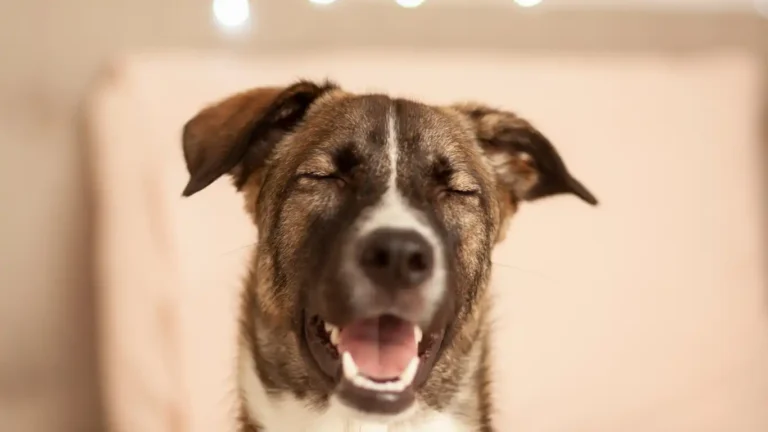How to Train a Dog to Respond Without Treats Successfully
If you’ve ever wondered how to train a dog to respond without treats, you’re definitely not alone. As someone who’s worked closely with therapy dogs for years, I can tell you that relying solely on treats isn’t always the best or most sustainable approach. Sure, treats can be a great motivator in the beginning, but the goal is to have your dog listen and respond because they want to, not just because there’s food involved. In my experience as a Canine-Assisted Therapy Trainer, teaching dogs to respond without treats has made all the difference in building real, lasting communication and trust.
Why Train Your Dog to Respond Without Treats?
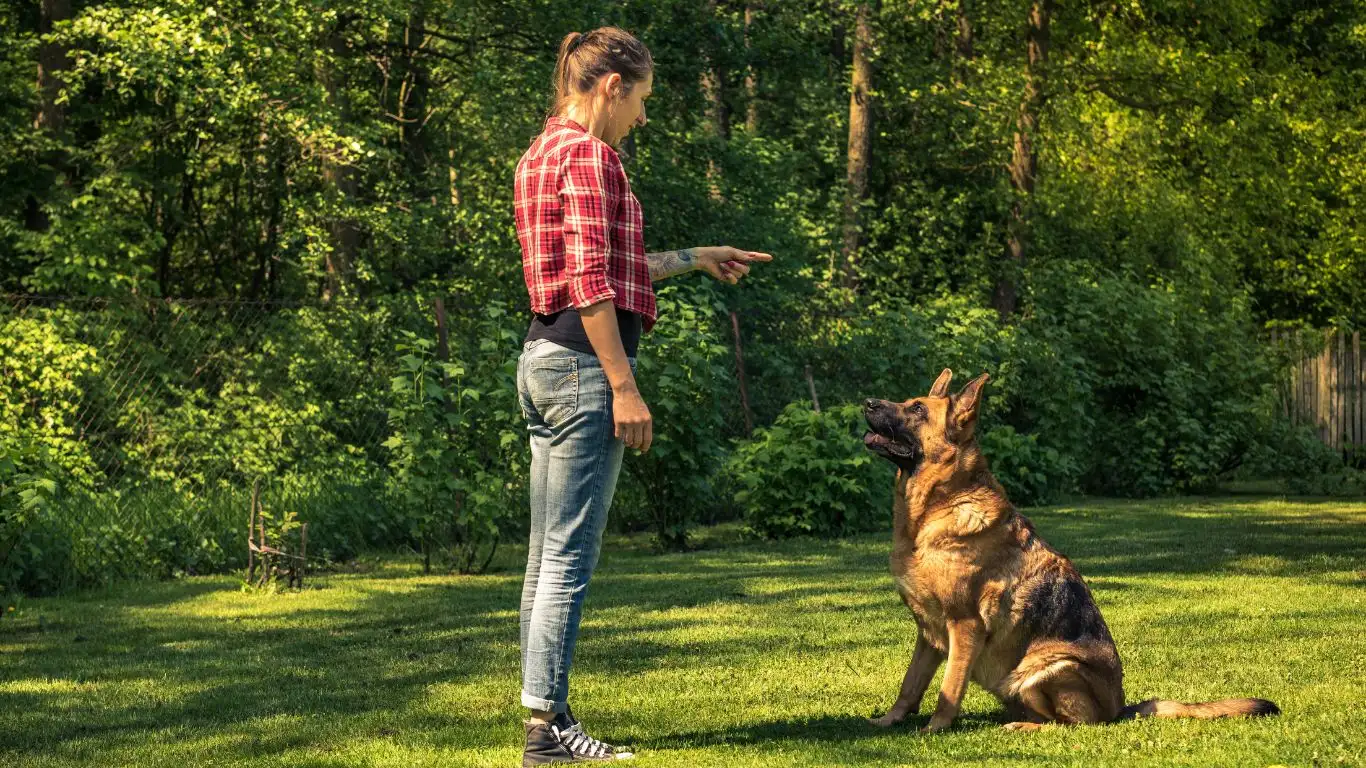
When people ask me about training dogs, they often say, “But isn’t it easier with treats?” And yes, treats do make things easier at first. However, relying too much on food rewards can backfire. Dogs might start expecting a snack every time they obey, which isn’t realistic in everyday life, especially during therapy sessions or when you need reliable obedience in any environment.
Training without treats helps foster:
- Genuine engagement: Your dog pays attention because they want to, not because of an external reward.
- Better long-term behavior: They learn that obeying commands is rewarding in itself, whether it’s through praise, play, or connection.
- Improved focus: Dogs trained this way are less distracted by food and more tuned into your cues.
One of my favorite moments with a therapy dog I trained was when the dog stopped looking for treats altogether. Instead, he seemed to truly understand what I was asking and looked to me for approval—an amazing feeling for any trainer.
Understanding the Basics: How Dogs Learn Without Treats
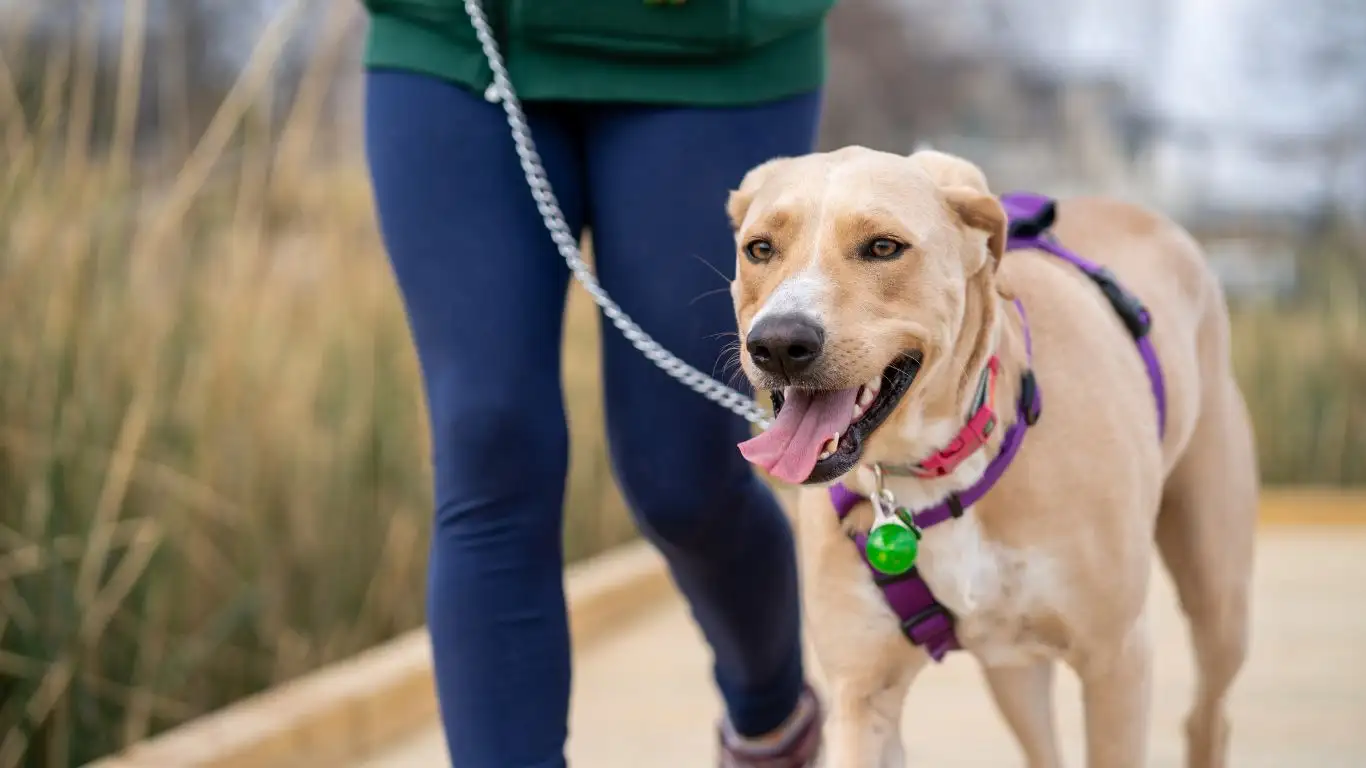
Building Trust and Communication
Before diving into specific techniques, it’s important to realize that training without treats depends heavily on trust and clear communication. Dogs are incredibly intuitive and pick up on your tone, body language, and consistency. When they know what to expect and feel safe, they’re way more willing to cooperate.
The Role of Praise and Play
Replacing treats doesn’t mean your dog gets no rewards. Praise and play are powerful motivators that many people overlook. I always encourage using enthusiastic verbal praise like “Good job!” combined with a quick play session or affection. This kind of reward taps into a dog’s natural desire for connection and fun.
Timing is Everything
Just like treat training, the key is timing. Immediate positive feedback right after your dog responds correctly reinforces the behavior in their mind. This helps them link the action to the reward, whether it’s a treat or your happy voice and pets.
Starting Small: Simple Commands Without Treats

When I first began shifting away from treats with my therapy dogs, I started with the basics—commands like sit, stay, and come. These commands are foundation stones for all the more advanced work we do later on.
- Use clear, consistent cues: Whether it’s a verbal command or hand signal, consistency helps your dog understand exactly what you want.
- Reward with praise and affection: The instant your dog obeys, use a warm, upbeat tone and pet them or engage in a quick game.
- Practice in short sessions: Dogs, like people, learn best in short bursts with lots of breaks. This keeps them engaged and prevents frustration.
During these early sessions, don’t worry if your dog looks a little confused without treats. It takes time to adjust, but with patience and encouragement, they catch on quickly.
How to Train a Dog to Respond Without Treats: Moving Beyond the Basics
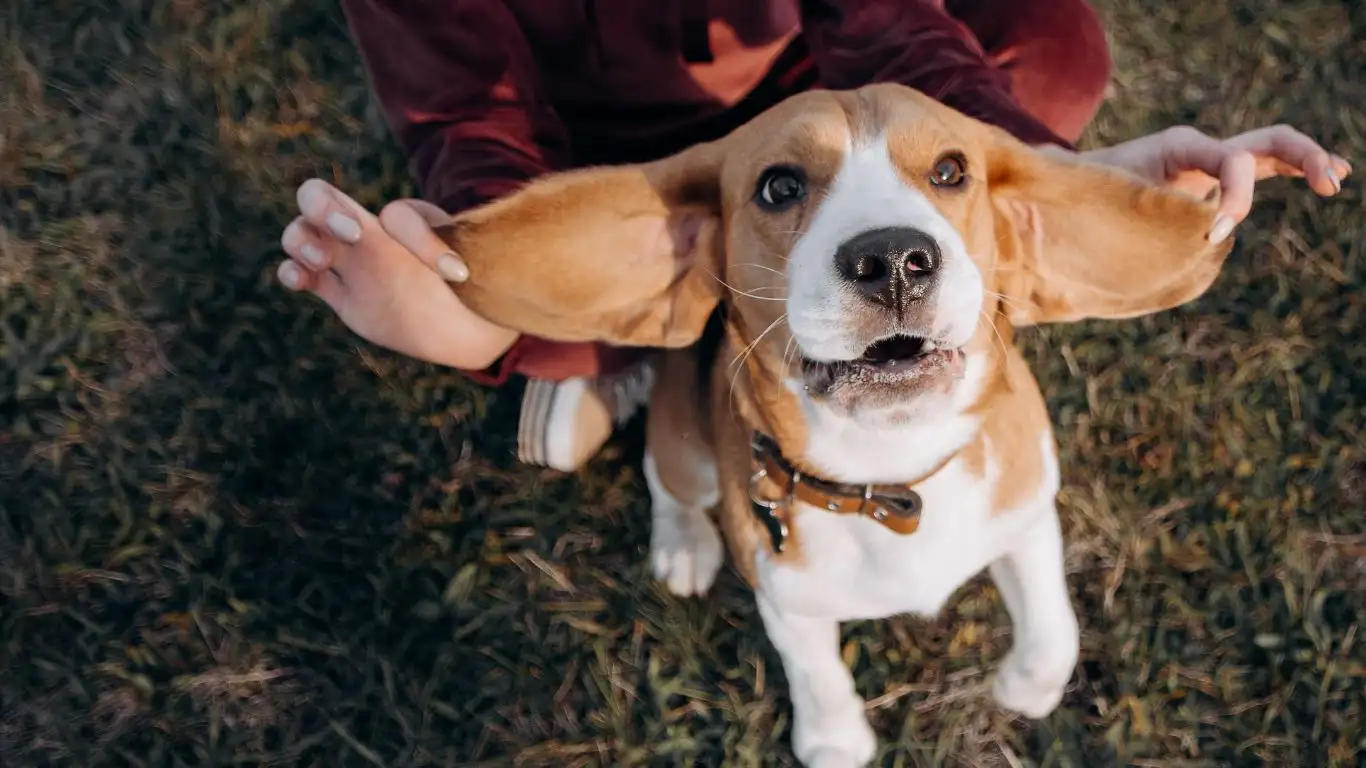
Now that you’ve got a solid foundation with basic commands using praise and play, it’s time to level up. From my years working with therapy dogs, I’ve learned that transitioning away from treats isn’t about suddenly stopping food rewards cold turkey. It’s a gradual process that involves building your dog’s motivation through trust, connection, and real-life practice.
One of the biggest shifts is understanding that training a dog to respond without treats means tapping into what naturally motivates your dog. For some, it’s affection or verbal praise; for others, it’s the thrill of play or even just being close to you. I’ve worked with dogs who light up for a quick tug toy session more than for any treat, and that can be a game changer.
Using Life Rewards as Motivation
Instead of treats, start using “life rewards.” These are things your dog already enjoys and that you can offer as immediate incentives. Here are a few examples:
- Going for a walk: Let your dog know that listening well leads to fun time outside.
- Playtime: A quick game of fetch or tug can be an amazing reward.
- Access to favorite spots: Letting your dog jump on the couch or explore a certain area after good behavior.
In my experience, these rewards can feel more meaningful than food because they connect directly to your dog’s everyday happiness. Plus, they help reinforce obedience in a natural context.
Consistency Is Still Key
Without treats, it’s even more crucial to be consistent. Dogs thrive on routine and knowing exactly what to expect. That means using the same commands, gestures, and tone every time. If you start mixing signals or sometimes giving treats, sometimes not, your dog gets confused, and the training slows down.
One of my therapy dogs took a little longer to master this because initially, I was too quick to pull out treats during distractions. Once I committed to consistency and trusted my training plan, the progress was incredible.
Handling Challenges When Treats Are Not an Option

Dealing With Distractions
Training without treats often means your dog might be less interested in paying attention when there are distractions around—other dogs, noises, smells, you name it. The trick here is to gradually increase distractions in your training sessions, starting small and building up.
For example, I usually begin in a quiet room or backyard, then move to a busier park or a place with people around. The key is to keep sessions short and positive, rewarding immediately with praise or play once your dog responds correctly. Over time, your dog learns to focus on you despite distractions because the connection and rewards remain strong.
Managing Impatience or Frustration
Sometimes, dogs (and trainers!) get frustrated when progress slows down without treats as a quick motivator. I’ve been there, trust me. One thing that helped me immensely was remembering that this process is about building a deeper relationship. It’s not just about the command, but about mutual respect and understanding.
If you feel frustration creeping in, take a break. Go for a walk, give your dog some love, and come back refreshed. A calm and patient approach works wonders, especially with sensitive or nervous dogs.
Advanced Tips for Training Without Treats
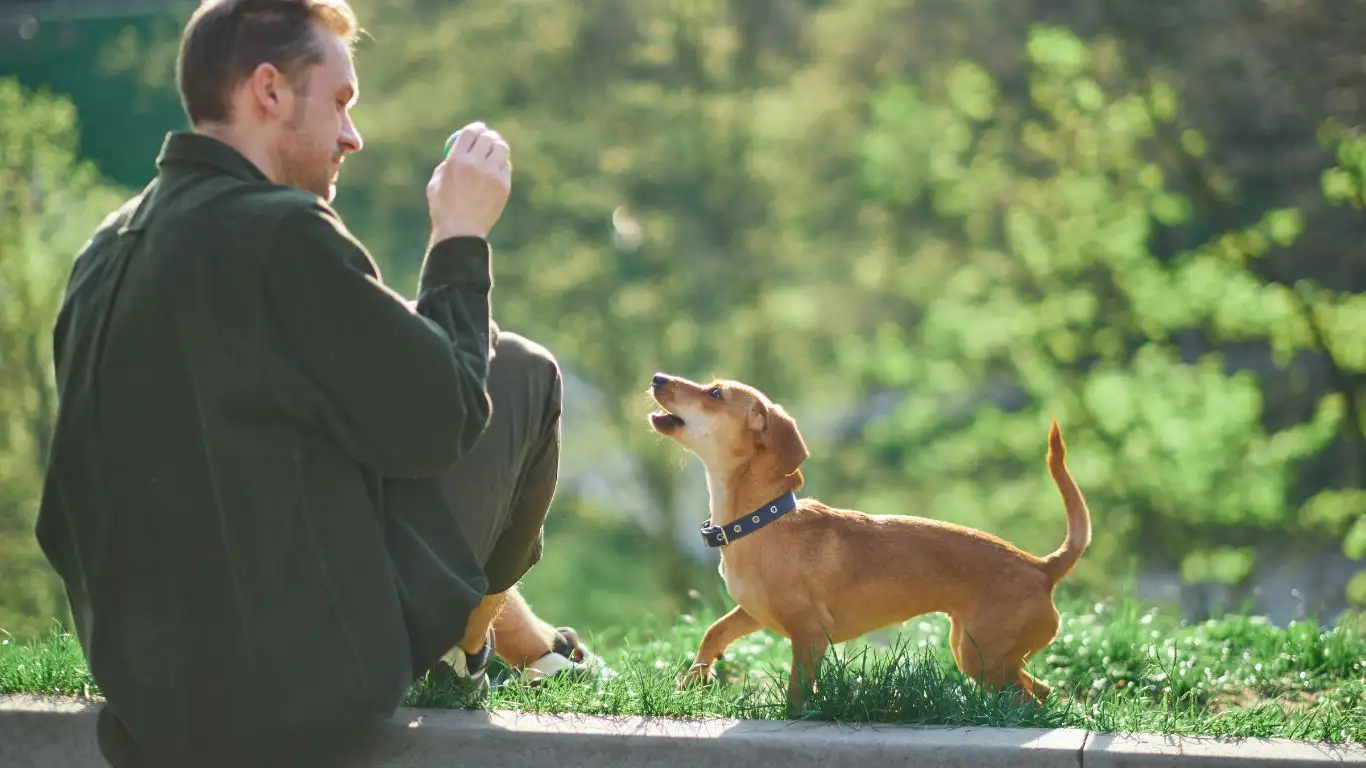
Incorporate Hand Signals and Body Language
Many trainers, myself included, find that adding hand signals alongside verbal commands helps dogs understand what you want faster and more clearly—especially when treats aren’t involved. Dogs are natural observers, and your body language speaks volumes.
Try pairing a simple hand gesture with every command and use it consistently. Eventually, your dog will respond to the gesture alone, which is incredibly useful in noisy or crowded environments where verbal commands might get lost.
Use Life Skills as Training Opportunities
Everyday moments offer excellent chances to reinforce training without treats. For example:
- Ask your dog to sit before opening the door to go outside.
- Have your dog wait calmly before meal times without expecting a treat.
- Practice “come” during playtime and reward with a favorite toy or praise.
Integrating training into daily life helps your dog understand that listening and responding is part of your routine, not just a special session with treats.
From my personal journey working with therapy dogs, these strategies truly make obedience more reliable and meaningful. Not to mention, it deepens the bond you share with your dog, which is the real reward.
Mastering How to Train a Dog to Respond Without Treats: Tips for Long-Term Success
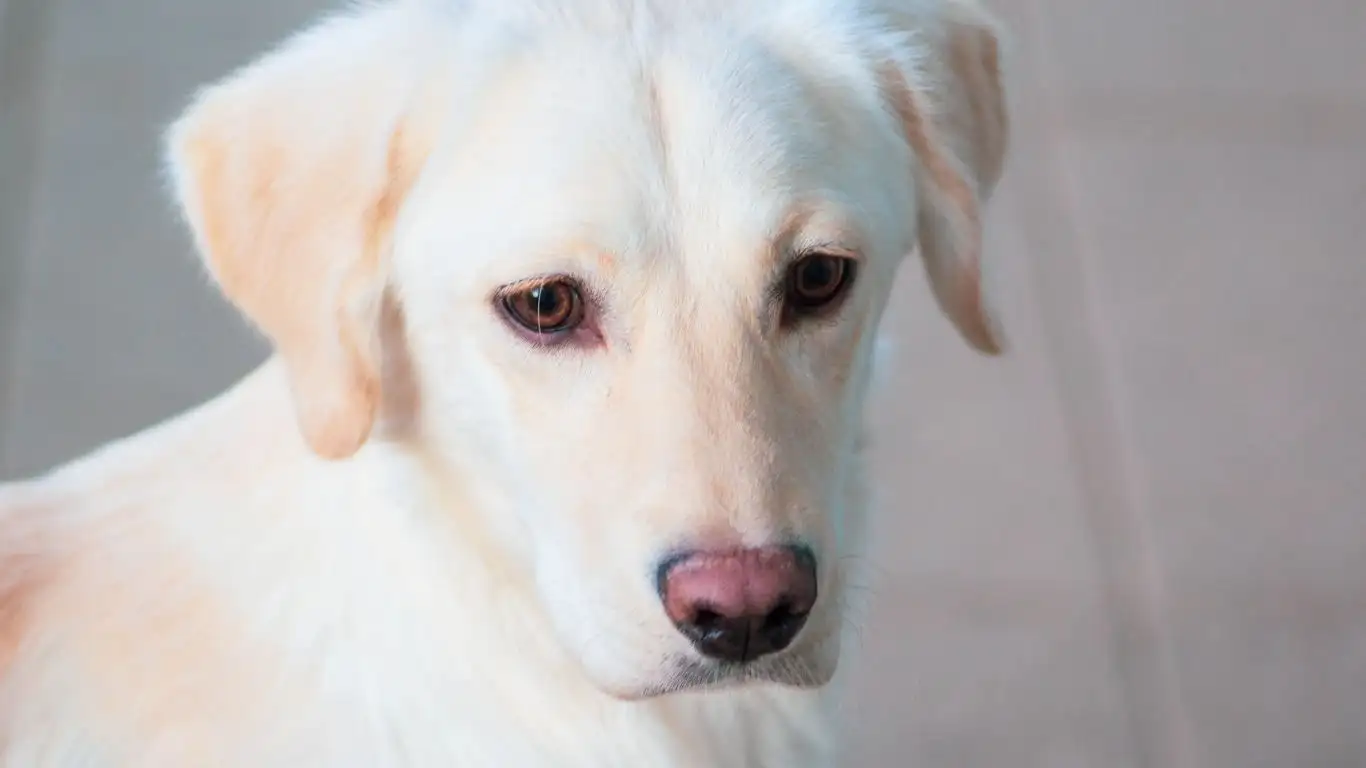
So, you’ve practiced the basics, introduced life rewards, and started navigating distractions like a pro. But how do you make sure your dog consistently responds without treats for the long haul? From my years as a Canine-Assisted Therapy Trainer, this part is where patience, creativity, and genuine connection come into play.
One thing I always tell fellow trainers and dog parents is that training without treats isn’t a race—it’s a lifelong journey. The goal is to cultivate a partnership where your dog feels motivated by your relationship and daily interactions, rather than expecting a treat every time.
Keep Reinforcing Positive Behavior with Varied Rewards
Even though treats aren’t the focus anymore, it’s crucial to keep rewarding your dog’s good behavior—just mix up the rewards so your dog stays interested and engaged. Here’s what I recommend:
- Verbal Praise: Use enthusiastic, warm tones. Dogs really respond to your voice, especially when it’s happy and encouraging.
- Physical Affection: Pats, ear rubs, or belly scratches—many dogs find these just as rewarding as food.
- Interactive Play: A quick game of fetch or tug can be a perfect reward, especially for energetic dogs.
- Freedom or Choice: Sometimes letting your dog decide where to go on a walk or giving them some “off-leash” time in a safe area feels like a huge reward.
By varying rewards, your dog never gets bored, and they’ll continue to see listening to you as a positive experience. One of my favorite therapy dogs started responding faster than ever just because I switched up rewards to suit his mood that day—sometimes it was a game, sometimes a cuddle session.
Keep Training Sessions Short, Fun, and Regular
I can’t stress enough how important it is to keep sessions bite-sized and enjoyable. Dogs, much like us, have limited attention spans and get tired or bored quickly. My typical training sessions rarely go beyond 10-15 minutes, a couple of times a day.
Consistency is key, but so is ensuring your dog looks forward to training. If it ever feels like a chore or stress for either of you, take a step back and add some play or rest.
Real-Life Applications: How This Training Works Beyond Home
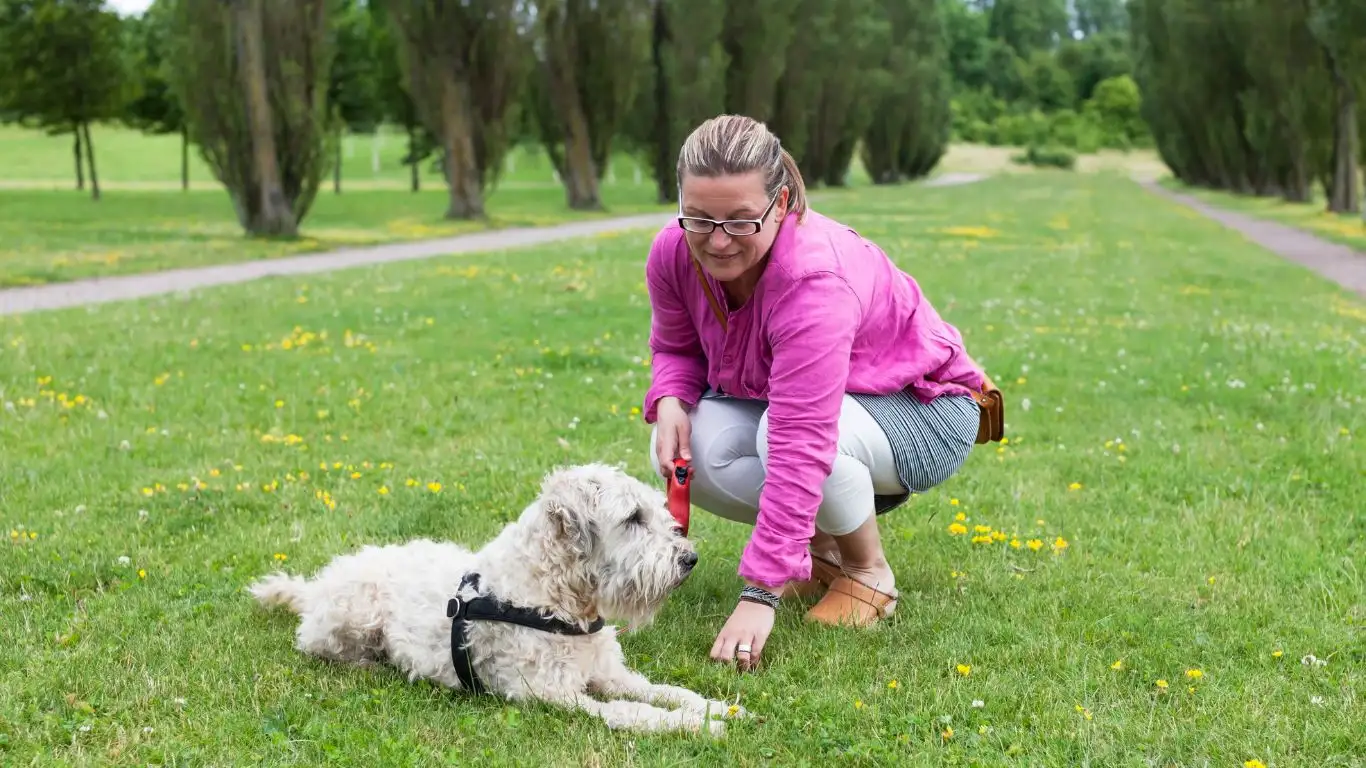
Using These Skills in Public and Therapy Settings
One of the best parts of training a dog to respond without treats is seeing how well it translates outside the training area. When I’m working with therapy dogs in hospitals or nursing homes, treats are often not allowed or practical, so the dogs rely solely on the strong bond and training they have with me.
In these real-world environments, dogs that respond to verbal praise, hand signals, or play cues stand out because they’re calm, focused, and genuinely engaged. This kind of training also helps dogs adapt to unexpected situations—something very common in therapy work.
Handling Setbacks Gracefully
It’s normal to hit some bumps along the way. Maybe your dog gets distracted by a new smell, or they’re just not feeling cooperative one day. From personal experience, I can say the best thing to do is stay calm, avoid punishment, and gently guide them back on track.
Remember, every dog is unique. Some need more time and patience, and that’s perfectly okay. Celebrating small victories keeps both you and your dog motivated.
Continuing Education for You and Your Dog
As a professional trainer, I’m always learning new techniques and refreshing my skills. The world of canine training is constantly evolving, and staying curious helps keep training fresh and effective. I encourage dog owners to attend workshops, join training groups, or even work with a professional if they hit a plateau.
Building a solid relationship and understanding your dog’s personality are as important as any command you teach. After all, training without treats is really about communication and trust—two things that take time to develop but pay off enormously.
References and Resources
- ASPCA – A trusted source for animal welfare and training advice.
- American Veterinary Medical Association – Information on canine behavior and health.
- Cesar’s Way – Popular training tips and dog behavior insights.
Disclaimer
The information provided here is based on personal experience and commonly accepted canine training principles. However, every dog is different, and results may vary. For complex behavior issues or specialized training needs, consult a certified professional trainer or veterinarian.
